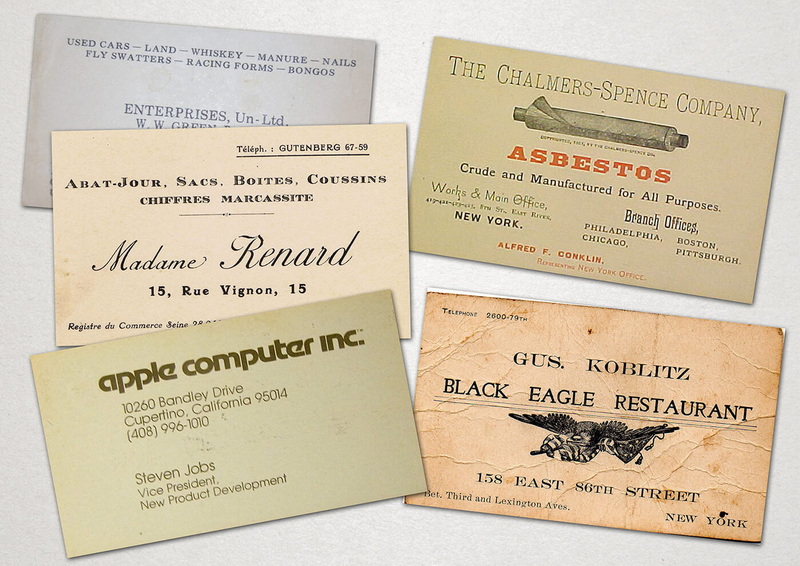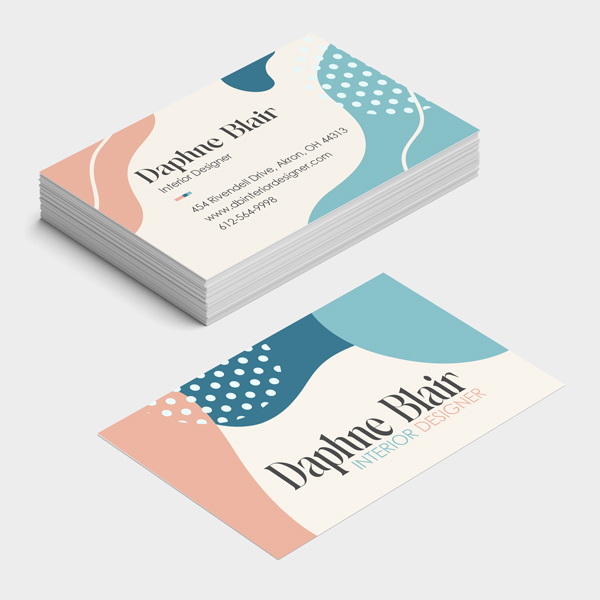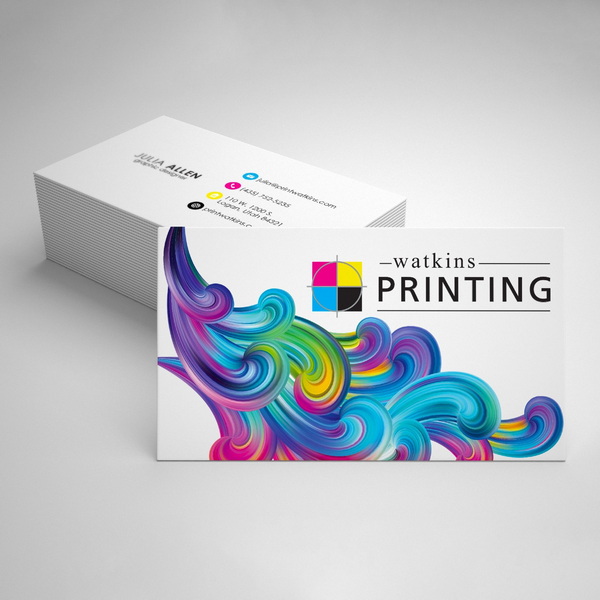Content Menu
● Introduction to the Indonesian business cards ecosystem
● Material options and sustainability
● Printing technologies and capabilities
● From design brief to final card
● Cost drivers and negotiation tips
● Quality control and risk management
● OEM and ODM capabilities for scalability
● Market landscape and competitive differentiators
● Best practices for selecting a partner
● Engaging Indonesian business cards manufacturers and suppliers
● Shenzhen XingKun Packing Products Co., Ltd. and Indonesian supplier collaboration
● Case study concepts to enrich your content
● Conclusion
● FAQ
>> 1. What materials are commonly used for Indonesian business cards?
>> 2. How do Indonesian printers ensure color accuracy across batches?
>> 3. What finishing options are typically available for premium business cards?
>> 4. What should I include in a brief to Indonesian suppliers to avoid reprints?
>> 5. How can I verify a supplier's OEM capabilities and reliability?
Shenzhen XingKun Packing Products Co., Ltd. is a seasoned print and packaging partner that specializes in customized OEM solutions. While our core expertise lies in display stands, paper boxes, plastic boxes, notebooks, playing cards, flashcards, stickers, labels, and booklets, we also recognize the growing importance of high-quality business cards as a branding and networking tool. This article explores the landscape of business cards manufacturers and suppliers in Indonesia, offering a detailed overview to help foreign brands, wholesalers, and manufacturers source reliable partners for card production and related packaging needs.

Introduction to the Indonesian business cards ecosystem
Indonesia's business cards market is characterized by a mix of traditional printing houses and modern, technology-driven suppliers. The rapid adoption of digital workflows alongside established offset capabilities creates a diverse field capable of handling both mass-market and premium, bespoke card runs. For international buyers, Indonesia presents a compelling combination of competitive pricing, strong regional logistics, and a growing pool of OEM/ODM partners who understand the nuances of cross-border branding and packaging integration.
Material options and sustainability
A core decision point for business card production is material selection. Indonesian printers offer a broad spectrum of substrates, weights, and textures, including:
- PVC and composite plastics for durable, water-resistant cards
- Thick reinforced paper stocks for premium feel and print fidelity
- Recycled fiber papers and sustainably sourced textures for green branding
- Specialty finishes such as textured coatings, linen or matte tactile surfaces
- Card stock variants that support RFID or smart-card features when needed
Sustainability considerations are increasingly important. Many printers now emphasize low-VOC inks, soy-based or water-based inks, and waste-reducing production practices. Brands that prioritize eco-friendly materials can align with Indonesia's growing emphasis on responsible manufacturing.
Printing technologies and capabilities
The capability spectrum ranges from traditional offset printing to cutting-edge digital workflows, with several hybrid models that blend benefits from both worlds. Key capabilities include:
- Offset printing for high-volume runs with precise color management and repeatability
- Digital printing for rapid prototyping, customization, and small batch orders
- Hybrid systems that optimize setup times, maintain color accuracy, and support variable data printing
- Finishing techniques that elevate perceived quality, including foiling, embossing, debossing, spot UV, and matte or gloss coatings
- Die-cutting for unique shapes or rounded corners to differentiate a brand's card design
- Surface textures and lamination options to enhance durability and tactile appeal
From design brief to final card
A successful project in this space follows a clear, structured workflow:
- Preparation: define card dimensions, stock, color management plan, and finishing requirements
- Artwork readiness: supply vector art and color profiles, with correct bleed and safety margins
- Proofing: exchange physical or virtual proofs to confirm color accuracy and finish quality
- Production: initiate mass production with inline QC checks and mid-production sampling
- Finishing and packaging: apply final coatings, assemble presentation kits if needed, and prepare protective packaging
- Delivery: organize logistics with transparent lead times and tracking
Cost drivers and negotiation tips
Understanding cost drivers helps in negotiating favorable terms. Principal factors include:
- Card material and weight: heavier stocks and premium textures typically increase cost
- Printing method: offset tends to be cheaper at scale; digital incurs higher unit costs but saves on setup
- Finishing options: foil, embossing, or special coatings add significant value and cost
- Quantity and lead time: larger orders and longer timelines generally reduce per-unit costs
- Packaging integration: including sleeves, boxes, or presentation folders affects total spend
- Compliance and certifications: sustainability claims or certifications may add cost but add credibility
Quality control and risk management
Quality assurance is critical for OEM partnerships. Effective strategies include:
- In-line inspection during production to catch defects early
- Pre-shipment quality checks against a defined specification
- Third-party audits for large, strategic purchases
- Clear reprint and defect replacement policies to maintain brand consistency
- IP protection measures such as NDAs and restricted design access for exclusive cards

OEM and ODM capabilities for scalability
Indonesia's printing scene often supports scalable partnerships through:
- Flexible MOQs and tiered pricing structures to accommodate startups and larger brands
- Ability to adapt to evolving brand guidelines, providing reprints with minimal disruption
- Integrated packaging solutions that align card production with broader branding assets
- Technical support for color management, proofing, and material selection
Market landscape and competitive differentiators
Indonesia hosts a broad mix of players, from long-standing offset specialists to agile digital shops. Differentiators include:
- Finishing proficiency: some houses offer high-end finishes like foil stamping and specialty coatings
- Material versatility: ability to handle diverse material sets and recycled content
- Turnaround speed: rapid prototyping and short-run capabilities for pilot campaigns
- Supply chain resilience: proven track record with cross-border shipments and compliance with international standards
- Customer service: language compatibility, project management, and after-sales support
Best practices for selecting a partner
To optimize outcomes, consider these practical steps:
- Align on a detailed brief and required finishes before selecting a supplier
- Request multiple samples across materials and finishes to compare quality
- Evaluate color management capabilities, including Pantone accuracy and ICC profiles
- Confirm MOQs, pricing tiers, and potential discounts for bundled orders
- Review logistics terms, duties, and insurance for cross-border shipments
- Verify capabilities for integrated packaging and presentation add-ons that complement the cards
Engaging Indonesian business cards manufacturers and suppliers
A structured engagement approach helps ensure clarity and success:
- Develop a precise brief: include card dimensions, stock, finish, quantity, and timeline
- Seek diverse samples: compare textures, weights, and color fidelity
- Negotiate value, not just price: consider long-term partnerships and bundled services
- Clarify logistics and documentation: packaging requirements, labeling, and import considerations
- Plan a pilot run: test a small batch to validate production quality before full-scale orders
Shenzhen XingKun Packing Products Co., Ltd. and Indonesian supplier collaboration
Our OEM capabilities align with Indonesian partners to deliver cohesive branding and packaging solutions. Benefits include:
- Seamless integration with display stands, folders, and presentation kits
- Material versatility for business cards, including PVC and premium paper stocks
- Finishing flexibility to support embossing, foiling, and spot UV
- Robust quality assurance protocols for consistent output
- Expertise in global logistics and cross-border fulfillment
Case study concepts to enrich your content
- A premium Indonesian business cards producer delivering luxury finishes for fintech clients
- A comparative analysis of digital-first versus offset printers in Indonesia
- A sustainability-focused guide to Indonesian card production, highlighting recycled stocks and inks
- An interview-based feature with a Jakarta printer on color management best practices
- A supplier directory spotlighting Indonesian OEM-capable partners for packaging and presentation needs
Conclusion
Indonesia hosts a diverse and capable ecosystem of business cards manufacturers and suppliers. For brands seeking reliable OEM partners, the key is to assess material options, finishing capabilities, turnaround times, and sustainability commitments while ensuring alignment with your broader packaging and branding strategy. By collaborating with a seasoned OEM partner like Shenzhen XingKun Packing Products Co., Ltd., you can streamline the production of business cards alongside your other packaging needs, delivering cohesive brand experiences to international clients.

FAQ
1. What materials are commonly used for Indonesian business cards?
Common options include PVC and composite plastics for durable cards; thick reinforced paper stocks for premium feel; recycled fiber papers for sustainability; textured coatings such as linen, matte, or satin finishes; and specialty stocks that support features like RFID when needed.
2. How do Indonesian printers ensure color accuracy across batches?
Printers use standardized color management processes, including Pantone swatches or ICC profiles, calibrated equipment, standardized proofs (soft or hard proofs), and inline quality checks during production to maintain consistency across batches.
3. What finishing options are typically available for premium business cards?
Finishing options include foil stamping, embossing/debossing, spot UV coating, glossy or matte lamination, textured coatings, and precise die-cutting for unique shapes. These enhance tactile appeal and visual impact.
4. What should I include in a brief to Indonesian suppliers to avoid reprints?
Provide card dimensions, stock preference, weight, color specifications with color references (Pantone or CMYK), desired finishes, quantity, timeline, target market, and any compliance or sustainability requirements. Include print-ready artwork with bleed and safe margins.
5. How can I verify a supplier's OEM capabilities and reliability?
Check credentials (company registrations, certifications), request client references and case studies, review sample kits and proofing processes, assess MOQs and pricing tiers, and confirm logistics capabilities for cross-border shipments, including IP protection measures such as NDAs.
































